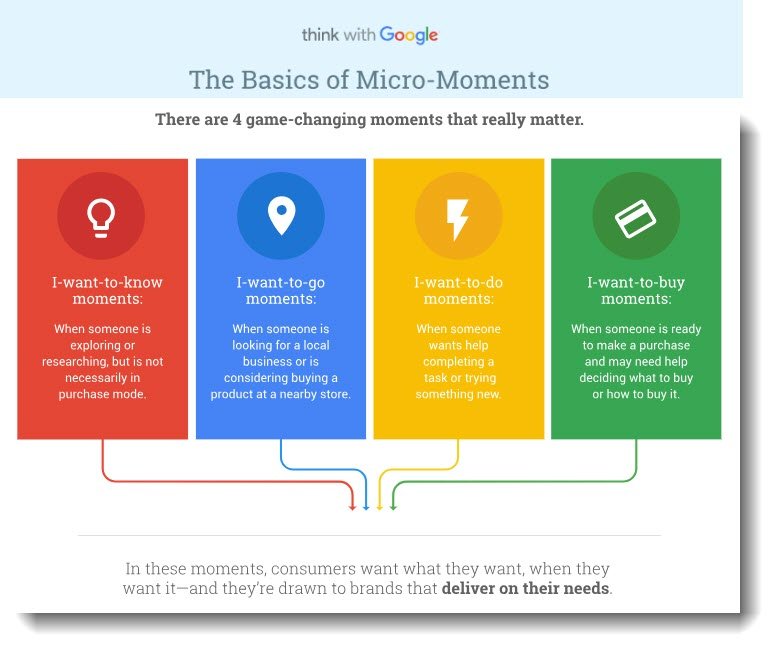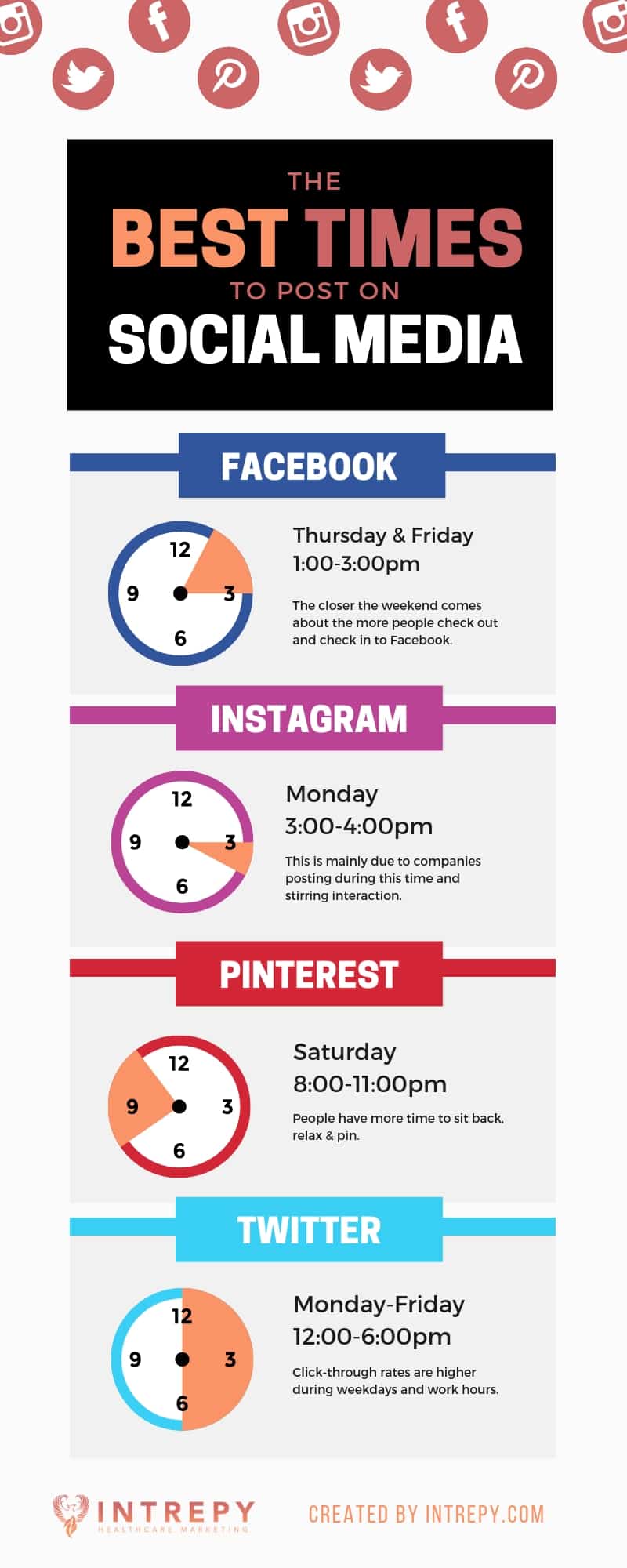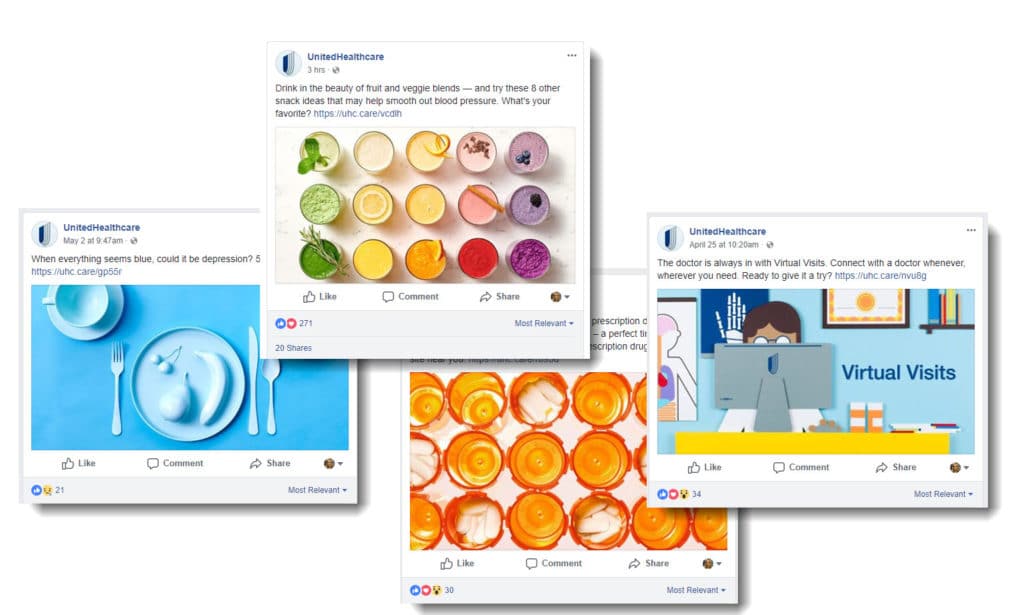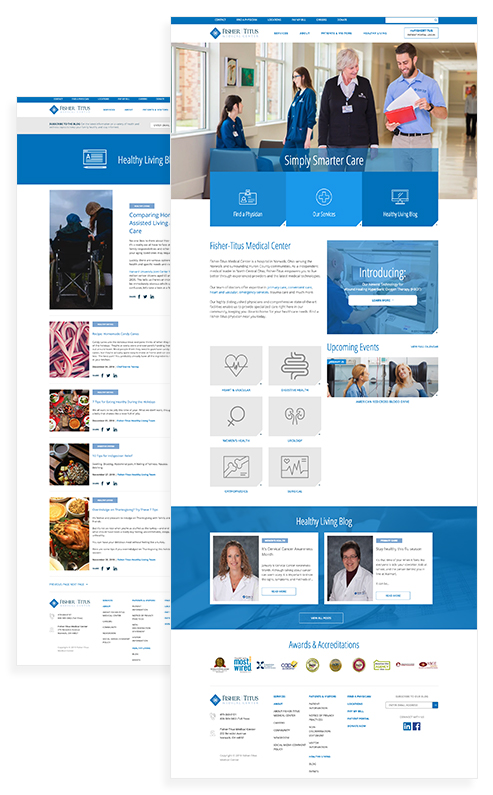Table of Contents
Insights into the acquisition of patients for healthcare clinics include leveraging reviews, embracing online and social channels, providing convenient service, finessing interpersonal interactions between patients and clinic staff, and targeted psychographic marketing tips for different demographics. These insights were gleaned from various industry practitioners such as Outsourcing Insights, OrthoLive, Patient Pop, Practice Builders, Bright Local, Referral MD, Healthcare Success, and healthcare marketing agency, Geonetric.
Online and Social Channels
- Outsourcing Insights, outsourcing services provider, reports that a recent Google survey found that 80% of patients based their choice of physician/healthcare provider on information they gathered online (Google).
- Another 41% claim to be affected by what they discover on social media platforms. To cater to these patients, the firm advises healthcare clinics to invest in “inbound marketing strategies” such as search engine optimization (SEO), pay-per-click (PPC), and blogging.
- An “amazing” medical practice website is also key to creating an online presence for healthcare clinics. Outsourcing Insights claim that websites are a clinic’s “best marketing tool in your arsenal”. It is imperative for the website to be “mobile-responsive” as 60% of searches are done on mobile devices.
Convenience Service
- OrthoLive, a virtual orthopedic care provider, quotes NRC Health’s 2019 Healthcare Consumer Trends Report that found that 51.3% of consumers deem convenient service as the most important factor in their choice of healthcare providers. This, the report adds, ranked higher than interpersonal interactions (44.2%), brand reputation (39.8%), and quality of care (34.6%).
- A whole 80% of Americans are reported to choose their care providers “strictly by how convenient it is to access services”. Another 77% pointed to long wait times as their greatest frustration in accessing healthcare services.
- Attune, a healthcare IT firm, advises that one way to create a convenient experience for healthcare customers is by automating operations. The firm advises the incorporation of a hospital information system and a revenue cycle management solution that will address 2 major pain points for consumers seeking healthcare services: flow of service and payment processing.
- Outsourcing Insights adds that healthcare providers can also automate appointment booking and payment, taking it online, as the firm posits that patients are more likely to honor paid and seamless appointments.
- NRC Health’s report found that about 45% of healthcare organizations are planning on investing in technology that will improve client experience from 2020 and beyond. This would serve to attract a younger demographic, as Outsourcing Insights proffers that young people are keen on “a technologically connected healthcare experience“.
Reviews
- Bright Local, a marketing software provider, conducted the 2020 Local Consumer Review Survey in which they found that consumers read an average of 10 reviews online before they “feel they can adequately trust a business“.
- While this appears crucial for healthcare practices, Patient Pop reports that one-third of clinics fail at feedback, yet a whole 80.3% of physicians, dentists, and other medical respondents regard maintaining a strong online reputation, through a “firm foundation of patient reviews“, as very or extremely important to their practice.
- In 2020, 87% of consumers read online reviews about local businesses before they considered doing business with them. Healthcare provider reviews were in the top five most-read reviews. Bright Local found that 89% of consumers read reviews on healthcare providers and 87% believed that reviews are important for the medical industry.
- 94% of the consumers surveyed by Bright Local said that positive reviews made them use a business while a whole 79% considered online reviews as trusted as personal recommendations.
- Outsourcing Insights believes that clinics and other healthcare providers must encourage reviews and highly recommends incentivizing feedback through reviews through prizes, free services, or discounted rates for future visits. Bright Local’s data supports the verity of this strategy, as its survey found that 72% of consumers asked to give a review “went on to do so“.
- The survey also found that email and in-person requests are more likely to elicit the most responses and that consumers trusted Better Business Bureau reviews more.
Interpersonal Interactions
- 44.2% of the respondents in NRC Health’s report considered interpersonal interactions with clinicians an important factor of their experience.
- 87% “praised the courtesy and respect” shown to them by the clinical teams but 67% of respondents bemoaned the disrespect they felt non-clinical administration staff showed them during their visits. Outsourcing Insights promotes staff training to ensure that patients have the greatest possible experience at your clinic.
- 53% of NRC Health’s respondents said they appreciated positive communication with doctors, a factor further reiterated by Practice Builders. The medical practice consulting firm asserts that patients want empathy, responsiveness, respect, and active listening from their physicians. Practice Builders inquires, “Do your patients feel as though they are leaving a speech or a discussion when they leave your office after an appointment?”
- Practice Builders also found that 70% of complaining patients will return if they feel their concerns were resolved in their favor. The firm asserts that clinics and other healthcare providers must address simple human needs as they will always supersede “impressive offices and state-of-the-art equipment“.
Psychographic Targeting for Different Demographics
Millennials
- Geonetric, a marketing agency focused on the healthcare industry, recommends buying ads on online services frequented by millennials such as music streaming sites such as Spotify and Pandora.
- While marketing to millennials, Geonetric advises clinics and other healthcare providers to emphasize the various ways they make healthcare convenient and affordable. The agency also advocates that clinics ought to show how their mission and values align with a “higher purpose”.
- This demographic is believed to enjoy visual story-telling and videos, as well as content that touches on conditions most pertinent to them such as mental health concerns like depression and substance use disorders. Referral MD notes that millennials access most of their online information from smartphones and tablets, thus recommend curating content that may be easily accessible on these devices.
- Additionally, Geonetric believes that offering digital services such as online appointment scheduling and e-visits will endear clinics to this group as such services “bring engagement online and make life more convenient”.
Generation X
- Geonetric asserts that content that may appeal to this age group will revolve around information on conditions such as cardiovascular diseases, obesity, type 2 diabetes, and cancer. As this demographic is considered “skeptical to the point of cynicism“, Geonetric advises that providing precise and detailed information is the best way to build trust with Gen-Xers.
- Further, content on well-being, especially concerning physical appearance, augurs well with Gen-Xers. According to Geonetric, this age group also prefers information backed with data such as quality scores that show a provider’s competitive advantage. Geonetric also recommends showcasing any certifications, awards, and other achievements accrued by the practice or members of staff, as they resonate well with this age group.
- Facebook and YouTube are identified as the social channels most used by this age group. Like the millennials, Gen-Xers are also believed to consume most of their information from mobile devices such as smartphones and tablets.
- In terms of interpersonal interactions, Geonetric asserts that one-on-one relationships work best, with an emphasis on clear communication between patients and doctors.
Baby Boomers
- Geonetric posits that this demographic accounts for approximately 43% of the current healthcare spending in America. By 2030, the agency goes on to note, over 20% of Americans will belong to this age group (over 65 years).
- According to Geonetric, content that will most likely be favored by this demographic will revolve around the conditions that affect them the most, including type 2 diabetes, heart diseases, eye issues, arthritis, just to mention a few. They are also considered very health-conscious, thus Geonetric recommends curating content that appeals to their efforts.
- While Baby Boomers are known to consume traditional media such as TV, radio, and newspapers/magazines, Referral MD proffers that baby boomers are “taking to digital media like ducks to water” and therefore should not be ignored on online platforms. Their most preferred social media platform is Facebook.
- Additionally, Geonetric encourages clinics and other healthcare providers to make their websites and other online capabilities accessible to disabled individuals. 25% of Baby Boomers are believed to be in this category (20% for the whole American population).
- The content ought to communicate in an “approachable and informative” tone. Geonetric particularly warns against using ageist language such as “elderly” or “geriatric”. Additionally, material should be readily shareable, as Geonetric reports that Boomers are 19 percent more inclined than any other generation to share information.
Women
- At 80%, Geonetric considers women as the primary medical decision-makers, thus recommend that any marketing efforts by clinics or any other healthcare provider be first targeted at them.
- Content must be gender-neutral, as 74% of women prefer this kind of messaging.
- It must also be tailored for online audiences, since 81% of female millennials believe that the best way to contact them is via social media.
- Geonetric recommends “striking a positive, empowering tone that gives female clients agency and supports their choices about their health and bodies”.
Men
- While targeting men, Geonetric advises clinics that it is best to frame content in a way that shows the convenience, relevance, and importance their services offer to men. Additionally, content should focus on the long-term benefits of healthcare. The agency urges healthcare providers to shun sexist phrases that stereotype and shame men in their marketing content.
- Geonetric also advises healthcare providers to leverage mobile ads as 68% of men say they are more likely to make a purchase based on mobile ads.
- Geonetric also advises that any marketing efforts curated for men ought to be targeted at the women in their lives, i.e., their wives, mothers, sisters, and daughters, as they are more likely to influence the men’s final decisions.
Best Practices for Launching a Marketing Campaign for a New Clinic
Best practices employed when launching a marketing campaign for a new clinic include understanding the target audience, leveraging various marketing campaign management tools, emphasis on the use of video, and investing in targeted and well-thought-out social media advertising. These were deemed best practices as they were universally agreed-upon principles from various industry practitioners such as healthcare marketing agencies like Healthcare Success, and Intrepy, as well as healthcare digital solutions firms like Blue Corona and Digital Authority Partners. The brief also includes examples of well-respected companies that have implemented these principles to considerable and/or major success, such as Orlando Health, Ultra Wellness (Dr. Mark Hyman), Mayo Clinic, and United Healthcare.
Research also identified poor practices when launching a healthcare clinic marketing campaign, and these include failure to align marketing campaigns with business client base, failure to track results, and using prejudiced language in marketing and brand content. These too were gleaned from various industry pundits such as Referral MD, Geonetric, and sentiments from healthcare marketing professionals collected by digital asset management systems provider, MerlinOne.
Understand Target Audience
- Blue Corona, a marketing solutions firm, advocates for the use of micro-moments to better target one’s target audience in a healthcare marketing campaign. A micro-moment, according to the company, is when a customer instinctively goes to a gadget – most often a smartphone – in order to study, watch, or find anything quickly.
- The article exhaustively identifies 4 micro-moments during which a clinic must be “front and center” if they hope to reach and sway more patients, and which targeted marketing campaigns can build on. These 4 micro-moments are explained further in the image below.
- Digital Authority Partners (DAP), a digital marketing and solutions firm, asserts that another way to “get a better sense” of the type of patient/client a clinic is targeting is to create a patient persona. A patient persona lists certain traits and characteristics that are particular to a specific type of patient/client that a clinic may want to target, and helps clinics come up with a marketing strategy curated directly for this target group.
- DAP lists the following questions that help create a patient persona: “Who are my patients? A micro-moment, according to the company, is when a customer instinctively goes to a gadget – most often a smartphone – in order to study, watch, or find anything quickly. Other considerations that Referral MD adds to this list include health attitudes, pain points experienced during clinic visits, personal habits, and methods of payment.
- Benefits attributed to the curation of patient personas include boosting conversion rates as campaigns are highly personalized to suit each persona, websites become more responsive to the needs of each persona, navigation, user-friendliness and content ratings improve, and the possibility of increased referrals.
Use of Video
- Intrepy, a “patient-centric” marketing agency, asserts that video is the most preferred method of information consumption in 2020. According to DAP, video is the one online medical marketing strategy that can rocket you ahead of rivals due to its high engagement rate.
- DAP posits that the use of video must be integral to any healthcare marketing strategy. This, the agency continues to add, is because video personalizes brands and make clinics and healthcare providers more approachable.
- YouTube is cited as a great platform for video marketing as it the second largest search engine and enjoys over 4 billion searches per month.
- DAP highlights Orlando Health, praising it for its “fabulous use” of videos on its YouTube platform. The series of videos showcase various medical practitioners such as doctors and nurses narrating about themselves and their work experiences, while they give information on the treatment of various medical conditions. Dr. Mark Hyman is also praised for taking video marketing on YouTube “to the next level“, to the point of gaining national recognition. He currently has over 337,000 subscribers on his YouTube channel.
Digital Campaign Management Tools
- Healthcare Success, a full-service healthcare marketing agency, notes that there are myriads of campaign tools that aid marketing campaigns. For instance, HubSpot offers customer relationship management systems that can track how targeted patients/clients are interacting with a clinic’s campaign channels such as emails and website landing pages.
- Google Analytics not only help healthcare marketers find out what keywords determine their clinics’ rank on search engines but also offers “valuable information” about patient/client behavior on their websites.
- Google AdWords can be used to track pay-per-click (PPC) campaigns as well as help determine how “purchase-ready” a potential patient may be.
- Intrepy mentions Google Search Console, a free tracking tool that monitors search engine optimization (SEO) rankings of medical practice websites. This tool also helps practices notice errors that may interfere with their search ranking.
- Intrepy also extols the use of Google Tag Manager, “a must” for tracking ads running on Google and other software.
- To gauge the success of paid advertising, Health Success recommends the use of a HIPAA-compliant call tracking system. Intrepy lists Lasso, MedChat, and Ngage Live Chat as examples.
- Location-based SEO will help healthcare clinics create content unique to the location they operate in. DAP notes that many healthcare marketers incorporate long-tail SEO search terms that resonate with their target audience and that will get “qualified local traffic on their digital platforms”.
Targeted Social Media Advertising
- Healthcare Success observes that while “too many” healthcare practices rely on organic social media traffic, paid social media advertising is a more efficient way to reach the specific audience/clientele a clinic or practice is after.
- DAP reports that 75% of Americans use social media to garner more information on their health conditions. The firm also adds that of the 80% of Americans who consult the internet for health information, a whole 72% are active on social media.
- Facebook is touted as an integral channel for social media advertising due to its highly specialized targeting advantages. DAP also espouses that Facebook works especially well for local practices. LinkedIn, on the other hand, is best if a clinic wants to position itself as an industry authority or share research findings.
- Instagram is reported to favor practices that deal with aesthetics, such as cosmetic surgery, dentistry, and dermatology, due to the focus on visuals. Pinterest, while visually-focused too, is best for practices whose major target audience is women, such as OB-GYN, pediatricians, and nutritionists, as 80% of Pinterest users are female.
- Intrepy offers the following schedule that illustrates the best times to post on social media. It may help clinics schedule their social media postings in concert with advertising and marketing campaigns.
- Mayo Clinic and United Healthcare are highlighted as examples of practices that leverage social media marketing to their advantage. Blue Corona goes on to even state that Mayo Clinic is “on it” when it comes to social media, particularly on its Facebook platform. United Healthcare is praised for its signature style; a pop of color.
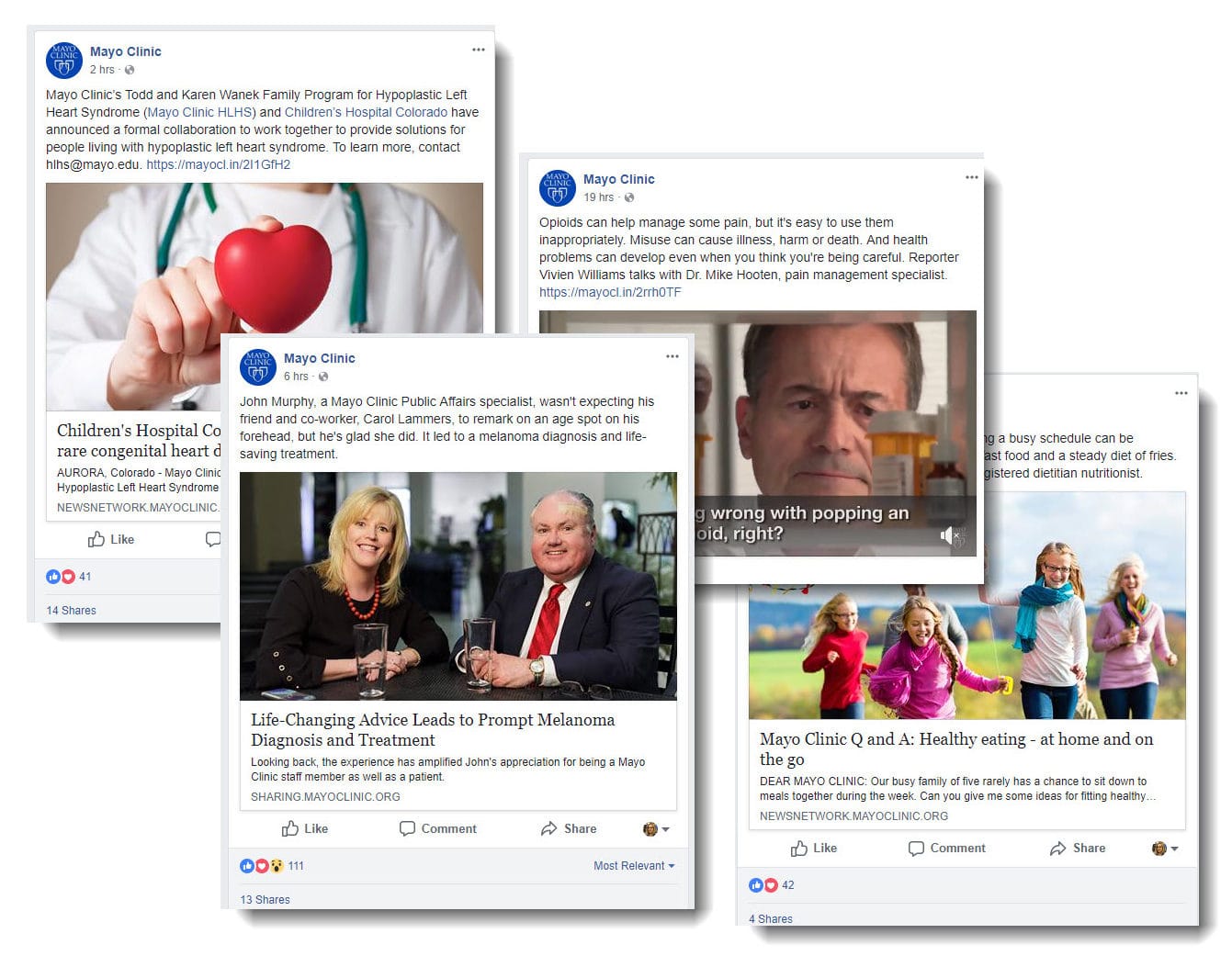
Poor Practices
Failure to Align Campaign Features with Client Base
- Michael Roub, founder and Managing Partner of healthcare marketing firm Inflection 360, bemoans the lack of conformity between the images of patients and medical providers included in websites and other forms of advertising and a clinic/practice’s actual client base.
- He gives the example of California practices that serve a predominantly Latino population but still fail to include representative images of the patients and customers they serve.
- Roub asserts that a practice’s marketing content must reflect the clientele it serves, otherwise it misses an opportunity to engage with current and prospective clients.
Use of Prejudiced Language
- Geonetric warns against the use of deprecatory words and phrases in marketing content. Terms like elderly and geriatric are considered ageist and disrespectful to the senior members of the society.
- The marketing agency also gives an example of the “women laughing alone with salad” marketing ploy, which stereotypes women’s eating habits.
- When it comes to marketing content targeting men, Geonetric warns against the use of phrases that tend to shame men, like “man up” or playing to stereotypes that supposedly purport that men are not interested in seemingly feminine tasks such as child-rearing and house chores.
Failure to Track Results
- Referral MD notes that forgetting to track results happens more often than not, but should be mitigated against as it is important for healthcare providers to track the performance of their campaign, as well as gauge the ROI of their time and money.
- The care coordination solutions provider recommends that clinics set up reliable routines that are aligned to the techniques and channels employed in their marketing campaigns. This will help clinics “stay on top of everything“, good or bad, to ensure maximum growth from its digital marketing efforts.
Recent Healthcare Clinic Launches
Fisher-Titus, Boston PainCare, Titan Dental Care, and Sungate Medical Center are recent healthcare clinic launches whose marketing campaigns and efforts were publicly available and well-detailed.
Fisher-Titus
Overview
- Fisher-Titus is an independent not-for-profit health system comprising a hospital, an assisted living facility, a home health center, as well as offering outpatient services. Kuno Creative is the agency behind the marketing campaign featured in this brief.
- The goals for this particular campaign included the following: improve user experience (UX), incorporate photos of staff into the website (replacing stock photography), and improving SEO and organic website traffic.
- Kuno Creative rewrote and reorganized website copy and design to improve UX and optimized navigation for faster and more efficient browsing. The agency created a physician directory with individual physician pages that could be promoted organically and through paid advertising. Additional “sophisticated capabilities” were embedded into the directory that made it “crawlable” by Google.
- Additionally, Kuno Creative claims that its in-house photographer spent time at Fisher-Titus Medical Center photographing the facility and personnel in order to capture the true essence of Fisher-Titus.
- The agency developed content strategy and production that was aimed at “dramatically increasing organic traffic“. Some content included publishing weekly blog posts with highly optimized keywords.
Results
- Throughout the campaign, Fisher-Titus’ Healthy Living blog had over one million views.
- Kuno Creative was able to secure the highly coveted Google Snippets for Fisher-Titus and enhanced brand awareness.
- Fisher-Titus’ SEO “health score” improved from 52% to 96%, while organic traffic increased by 110% in one year. Top-ranked keyword searches increased by a whopping 406% and year-on-year increase for blog subscription rose by 212%.
Boston PainCare
Overview
- Boston PainCare is described as a “premier pain medicine practice” based in New England. Together with its subsidiary Boston Headache Institute, it offers consultation and in-house visits for the treatment of chronic migraines. The marketing agency behind this marketing campaign is Healthcare Success.
- The goals for this campaign were to draw in potential patients from specific geographical areas, leverage the ever-growing mobile users market, as well as “maximize exposure” through demographics such as age, income, and choice of insurance.
- Healthcare Success’ chosen strategy mainly focused on geo-targeting as Boston PainCare were specifically interested in patients “within driving distance“.
Results
- Healthcare Success reports that Boston PainCare received 195 inbound calls in the first half of the year, which led to new conversations over the phone or on-site.
- Cost-per-lead is reported to have decreased by 58%. The agency reports that marketing costs stayed constant yet keyword targets kept expanding.
- As President and CEO Dr. Steven Nathin puts it, our team is trained to assist patients, not to create digital marketing efforts. Healthcare Success took control of the situation quickly and effortlessly, while presenting their plan and rationale. The results have been phenomenal, and we’re now extending into other areas of our AdWords business.
Titan Dental Care
Overview
- Titan Dental Care is a dentistry practice located in Sterling, Virginia. It offers over 16 services including orthodontics, dental implants, teeth whitening services, and “smile makeovers“. The agency responsible for this marketing campaign is Doctor Genius.
- Doctor Genius’ web page narrates that when Titan Dental Care approached the agency, Titan was “hardly found anywhere” on Google’s first page of results. There was also no tracking of organic traffic to its website and the general online branding efforts “had little left to be desired“.
- The marketing strategy included developing a new website, enhancing Titan’s full digital presence and social profiles, and building a strong online reputation.
- Channels employed for this campaign spanned across digital sites such as the website and social media, as well as digital advertising that included Google Ads.
Results
- Doctor Genius reported a 1,1215% increase in revenues garnered because of Titan’s Google First Page listing. The clinic also experienced a 200% growth in new patient appointments, which resulted in a 100% increase in revenues.
- Further, the agency also reports that Titan experienced a whole 500% growth in reviews as well as a marked 88% increase in new calls into the clinic.
SunGate Medical Center
Overview
- SunGate describes itself as a cutting-edge multispecialty medical facility located in Bluffton, South Carolina. It was designed to be a one-stop-shop as it would “bring together top physician practices throughout the region“. The agency behind this marketing campaign is Smart Marketing Communications.
- Smart Marketing Communications was tasked with curating a new name for the multi-specialty medical center, as well as logo and branding development.
- Smart Marketing went about achieving these goals by holding community events such as open houses (this was before the COVID-19 pandemic) and community outreach activities that were meant to stir “pre-opening excitement” and begin the formation of a strong patient base for each practice.
- The agency also orchestrated media appearances by founder Dr. Kenneth Farr, as well as monthly op-eds that would highlight the benefits of quality healthcare provided by all the practices at SunGate.
Results
- While Smart Marketing Communication did not give quantitative success metrics, it notes that the entire campaign solicited and sustained “excitement”, created a strong online presence for SunGate, and continues to attract new patients. A few examples of the creatives can be found here.

